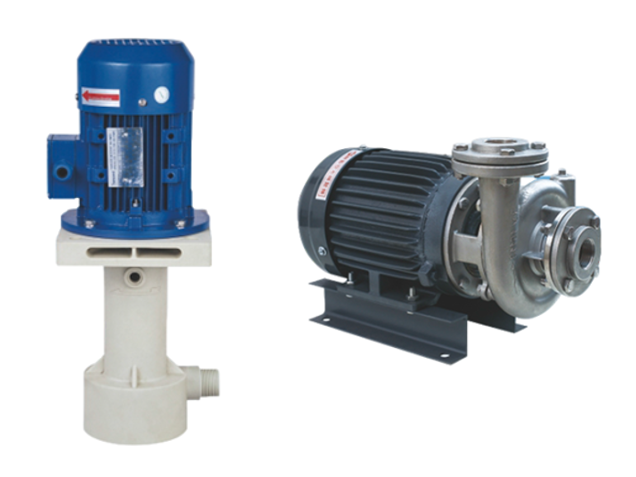
How Does a Centrifugal Pump Work?
2025-08-11 | Blog
Centrifugal pumps are among the most widely used pumping devices in industries ranging from water treatment to chemical processing. Their popularity comes from their efficiency, simple design, and ability to handle a wide range of fluids and flow rates. To understand how a centrifugal pump works, it’s important to explore its working principle, main components, and the different types of centrifugal pumps available.
The basic working principle of a centrifugal pump is simple: it converts rotational energy from a motor into kinetic energy in the fluid. This kinetic energy is then transformed into pressure energy, allowing the pump to move liquid through a system.
When the pump operates, the fluid enters the pump through the suction inlet and reaches the eye of the impeller. The impeller, driven by the motor, rotates at high speed. This rotation forces the fluid outward due to centrifugal force, increasing both its velocity and pressure.
This process repeats continuously while the pump operates, ensuring a steady flow of liquid.
The pump casing serves several purposes. It houses the impeller, guides the fluid from the inlet to the outlet, and helps transform the velocity energy into pressure. The casing design is crucial for achieving the desired flow rate and pressure increases while minimizing energy losses.
There are several types of centrifugal pumps, each suited to different applications:

Centrifugal pumps are used in:
A centrifugal pump works by transferring rotational energy from an impeller to the liquid, increasing its velocity and converting that energy into high pressures within the pump casing. The choice among different types of centrifugal pumps depends on the desired flow rate, pressure increases, and application requirements. Understanding the working principle and how a pump operates helps in selecting the right pump for your system, ensuring efficiency and reliability.
Q1: What is the main working principle of a centrifugal pump?
It works on the principle of converting rotational energy from an impeller into kinetic energy in the fluid, which is then converted into pressure energy in the pump casing.
Q2: How does fluid enter a centrifugal pump?
Fluid enters through the suction inlet into the impeller eye before being accelerated outward by centrifugal force.
Q3: Why are there different types of centrifugal pumps?
Different applications require different head, flow rate, and pressure levels. That’s why there are single-stage, multi-stage, end-suction, split-case, and vertical types.
Q4: How does the pump casing affect performance?
The pump casing converts fluid velocity into pressure, controls flow direction, and prevents energy losses, making it critical for efficiency.
Q5: Can centrifugal pumps handle high pressures?
Yes, especially multi-stage centrifugal pumps, which can generate high pressures for industrial and water supply applications.